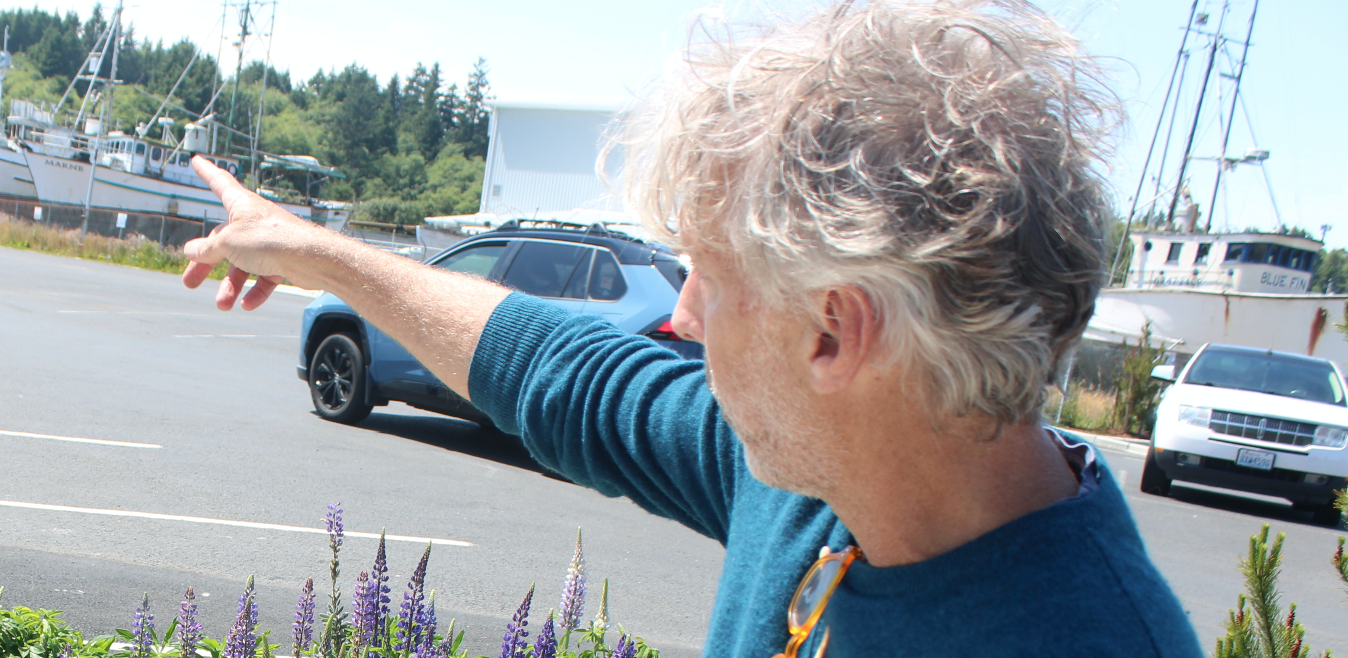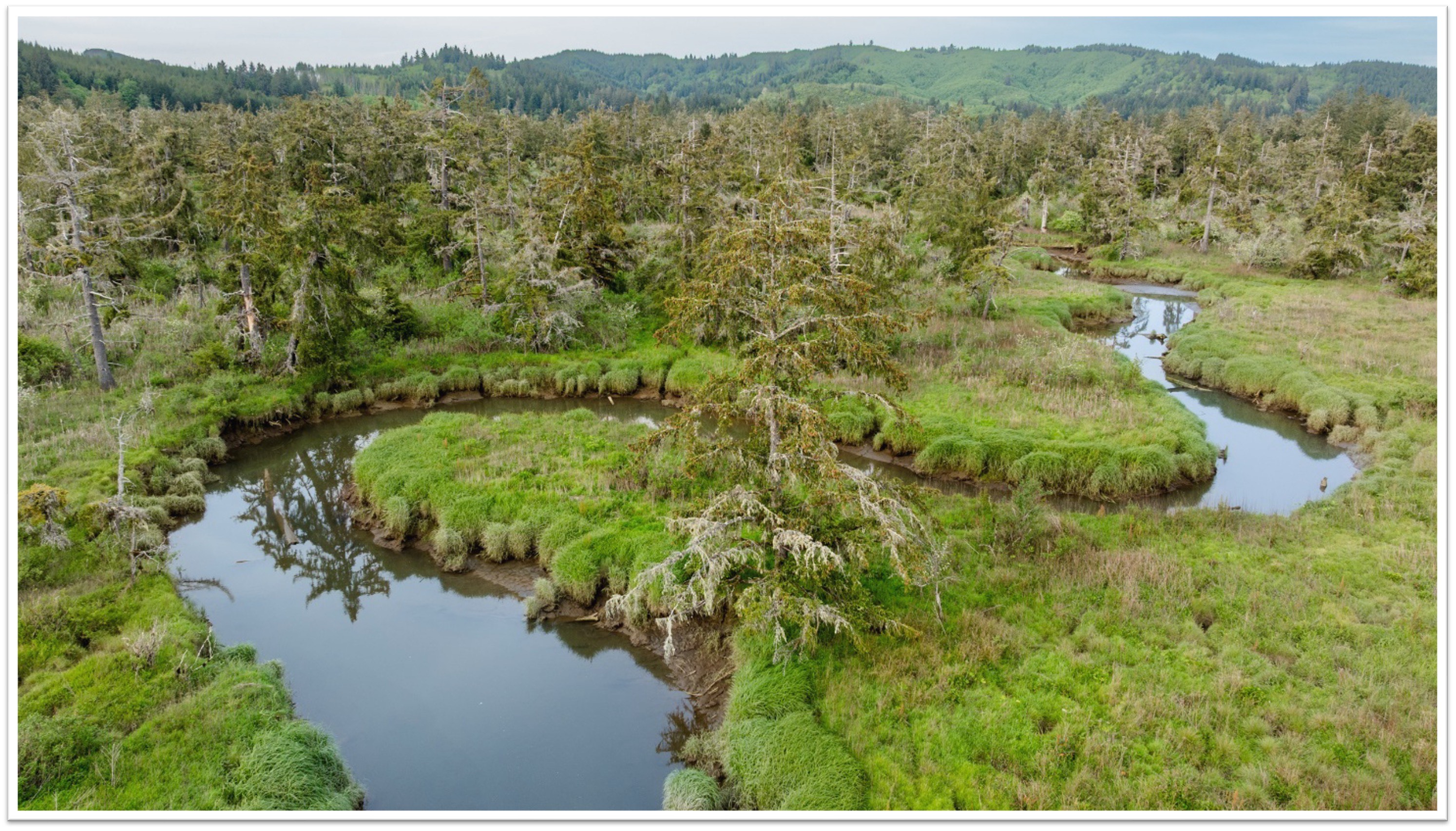2020 a year of extremes for peninsula lodging industry
Published 9:12 pm Monday, January 25, 2021

- Last summer and fall brought crowds to outside seating areas surrounding restaurants in downtown Long Beach.
LONG BEACH PENINSULA — To call 2020 ‘turbulent’ is an understatement, but no word better describes the ups and downs that the Long Beach Peninsula’s lodging industry encountered last year.
Following the initial covid-19 lockdowns in the spring, tourist activity on the peninsula ground to a historic halt. Streets, beaches, parks and accommodations were all almost empty. But by early summer, the local lodging industry experienced a run of success unmatched in recent years. Whether this increased level of activity is merely a blip or here to stay is, quite literally, the million dollar question.
Proof is in the numbers
Perhaps what best encapsulates the highs and lows of 2020 for the tourism-reliant industry is the city of Long Beach’s monthly lodging tax collections, dating back to 2013 in its current form. The revenue comes from a tax on overnight lodging sales, including the rental of hotel and motel rooms and trailer camps.
‘Our market share has increased significantly, because there are a lot of people that, rather than flying to Hawaii or Mexico, drove to Long Beach and had never been here before.’
Hotel owner Tiffany Turner
For the city, the revenue for the Lodging Tax Fund is generated solely from overnight lodging taxes, and goes toward supporting local festivals and events, the Pacific County Tourism Bureau, and tourism-related projects, which recently included the Bolstad restroom renovation. The overnight lodging tax collections are also indicative of how active and busy the peninsula is in a given month.
Monthly tax collections experienced respective eight-year lows in February, March, April and May of 2020, when covid-19 first emerged in the U.S. and Washington state was in the midst of its initial stay-at-home orders to try to curb the spread of the virus. Last February’s collections were 81.1% of the monthly average over the previous seven Februaries; March collections were just 25.4%, April collections were only 13.6%, and May collections were 71.4%.
Summer and fall surge
Few, if any, could have predicted the sharp, meteoric resurgence that began just weeks after a severely underwhelming spring season.
After a decent month of June that was right around the recent monthly average, the next four months at least — data is not yet available for last November and December — were the best monthly totals, respectively, over the eight-year period for lodging tax collections. In July, collections were 137.5% of the monthly average over the previous seven Julys; August collections were 139.4%, September collections were 157.4%, and October collections were an astounding 196%.
The summer resurgence lifted 2020 revenue totals out of the gutter and reversed what looked like a financial bloodbath — for both the city and businesses. Tax collections in 2020, even with November and December figures still outstanding, already total nearly $677,000, higher than the average yearly total of $669,000 from the previous seven years. Once the final two months of the year have been factored in, only 2019 may end up with a larger yearly collection total than 2020.
A perfect storm
For an industry that relies on booking tourists into hotel rooms and trailer parks, Pacific County’s advancement into less restrictive reopening phases at the beginning of the summer couldn’t have been more timely.
On May 23, the county advanced to Phase 2 of Gov. Jay Inslee’s Safe Start Plan, and then advanced to Phase 3 on June 16 — around the same time that the school year ended and four days before summer officially began. Phase 3 gave the OK for non-essential travel to resume, permitted restaurants and bars to reopen, allowed for more recreational activities and larger social gatherings.
Tiffany Turner, co-owner of Adrift Hospitality, suggested that one way the pandemic actually helped the local lodging industry turn in a strong summer — and fall — season was how it encouraged people to take more localized vacations.
“Our market share has increased significantly, because there are a lot of people that, rather than flying to Hawaii or Mexico, drove to Long Beach and had never been here before,” Turner said.
Jim Vleming, regional economist for the Washington State Employment Security Department, also predicted throughout 2020 that the peninsula would be a beneficiary of the pandemic forcing more people to consider driving — rather than flying — to their vacation destination. For coastal communities that rely on tourism, he said it was a silver lining in the midst of chaos.
The initial stay-at-home orders in the spring, Turner believes, created a situation come summer and fall where people were raring to get out of their homes once restrictions became more relaxed. She recounted phone calls with people wanting to rent rooms who told her that they hadn’t left their home since the pandemic began, and were driving themselves crazy.
“There were people who, I think, after two months of being really cooped up in their house in the spring, were like ‘I’ve gotta get out of here.’ And then there’s the people who didn’t get out of there, and then two months later they’re like, ‘We’ve gotta get out of here.’ And then there were the people who stayed in their house for seven months, and then in the fall they’re like, ‘We’ve gotta get out of here,’” Turner said.
While the likes of Seattle and other densely populated communities typically drive the tourism economy at a statewide level, the pandemic created a need and desire for socially distanced vacations — a boon for a rural community like the peninsula.
“Literally, the beach is the best place for people to safely feel like they can be responsible and still get away from the tiny apartment that four people are living in … It’s just the luck of the travel market draw,” Turner said. “It’s not just beaches, it’s predominantly rural destinations that have outdoor activities, because that’s what everybody feels comfortable doing in the middle of a pandemic.”
Built to last?
For those in the industry, there’s an obvious anxiety about how the pandemic will affect their businesses in 2021, as well as what post-pandemic life will look like.
One concern, according to Turner, is that average daily rates for rooms, which increased notably during the pandemic, will recede closer to pre-pandemic levels.
“I don’t think we saw significantly more visitors, what we saw was a significantly higher room rate across the board — and we’re still seeing that,” Turner said. “Rooms are just renting for more money, it’s not that our occupancy rate is a lot higher. In some cases it’s lower.”
For now, Turner is cautiously optimistic that the higher room rates are here to stay, and won’t decrease significantly as the country continues to emerge from the pandemic. But Turner is less optimistic that people will continue to take more local vacations, which has been a boon to places like Long Beach, once travel opens back up.
On July 5 in 2019, the TSA recorded 2.8 million people traveling through their checkpoints throughout the United States. In 2020, that figure dropped to 732,000 people, a decrease of nearly 75%. Throughout the summer, there was not a single day where 2020 travel figures matched even half of the totals from the same day a year prior.
“In 2021, I think there is definitely a — I’m not going to say fear, because after 2020 I don’t think the word ‘fear’ is appropriate — but I think there’s a caution that once travel opens back up, for real, people are going to probably start flying again,” Turner said.
For now, there’s simply no way of knowing with certainty how the situation will evolve locally.
“We expect a potential softening of the market, especially from the big months of 2020. When that happens, as this pandemic drags on, is kind of unclear at this point,” Turner said.






